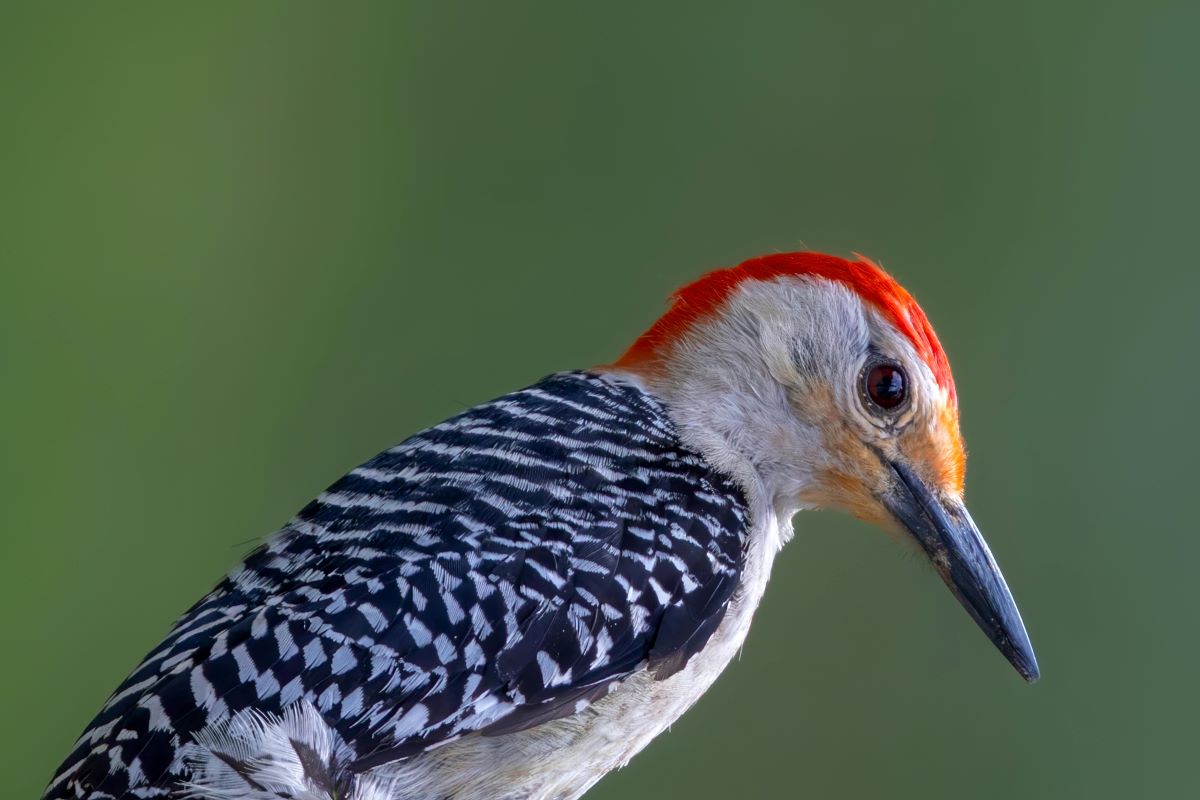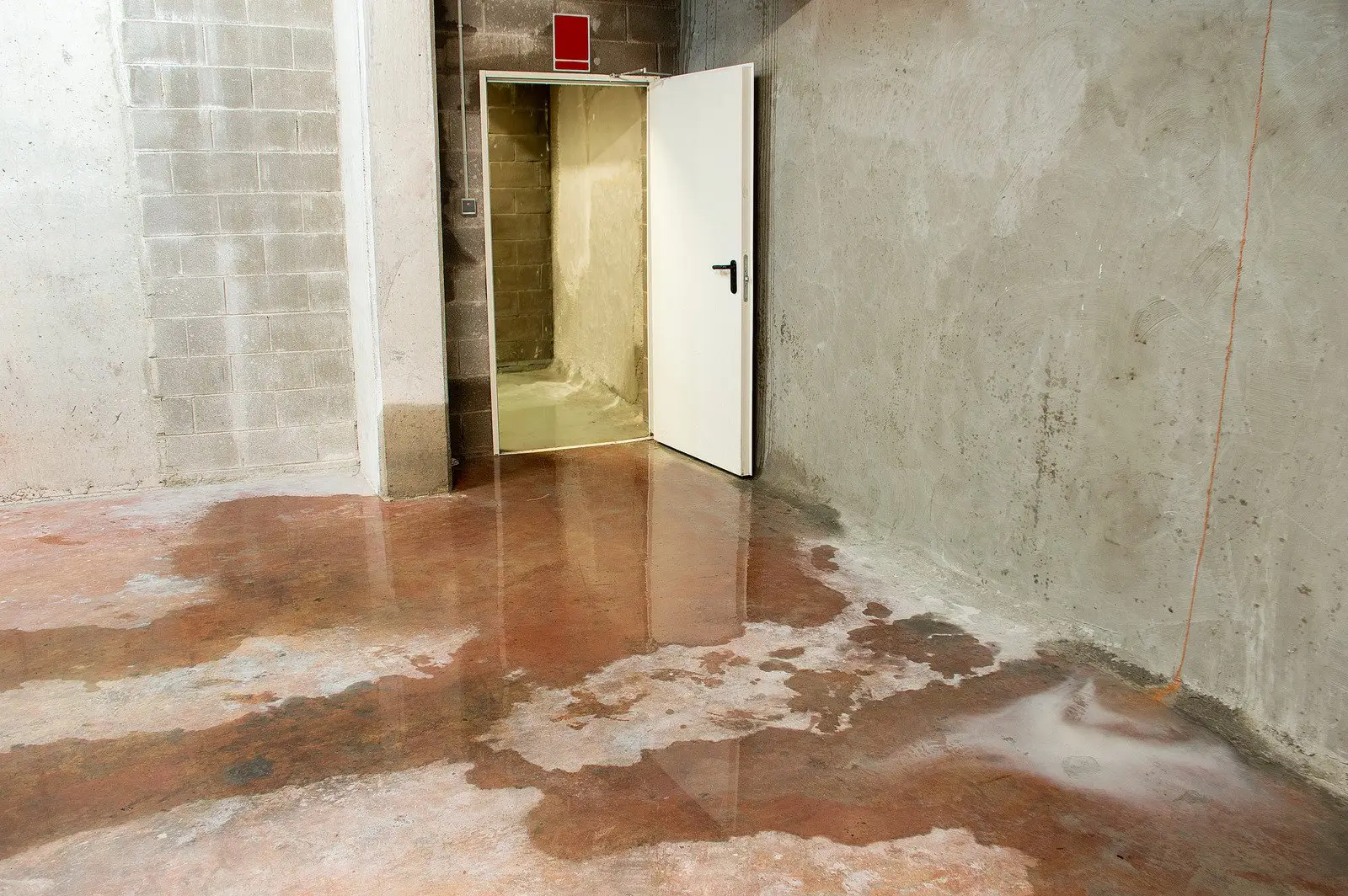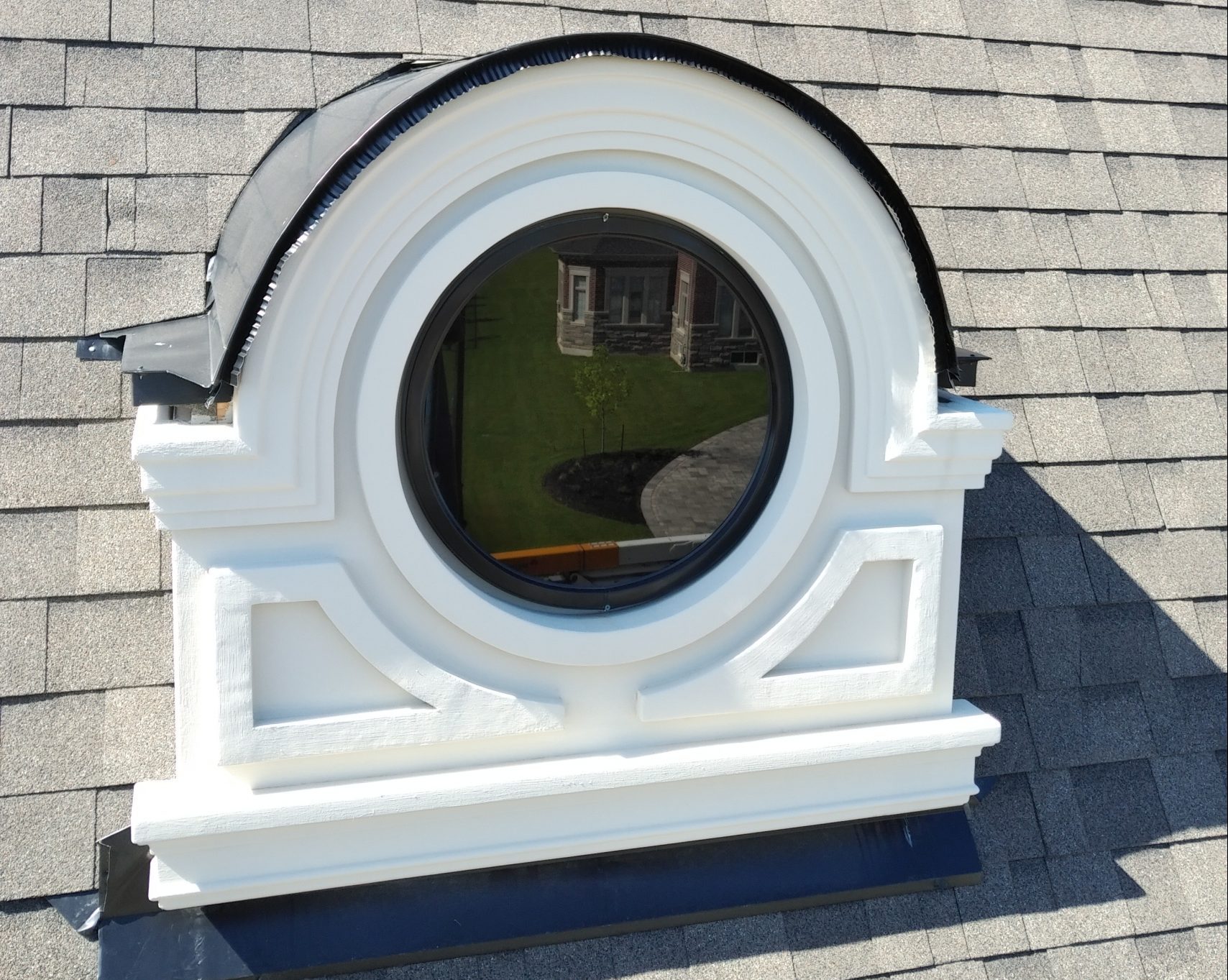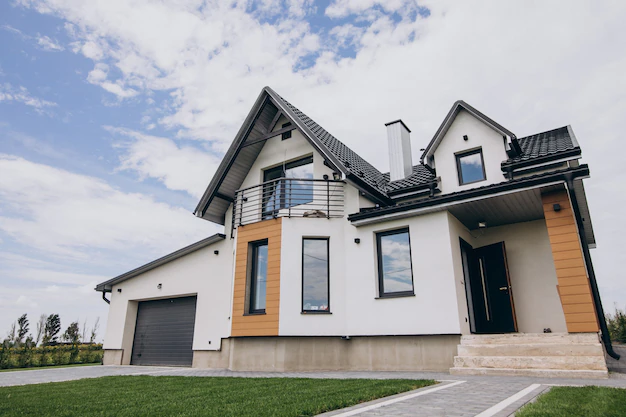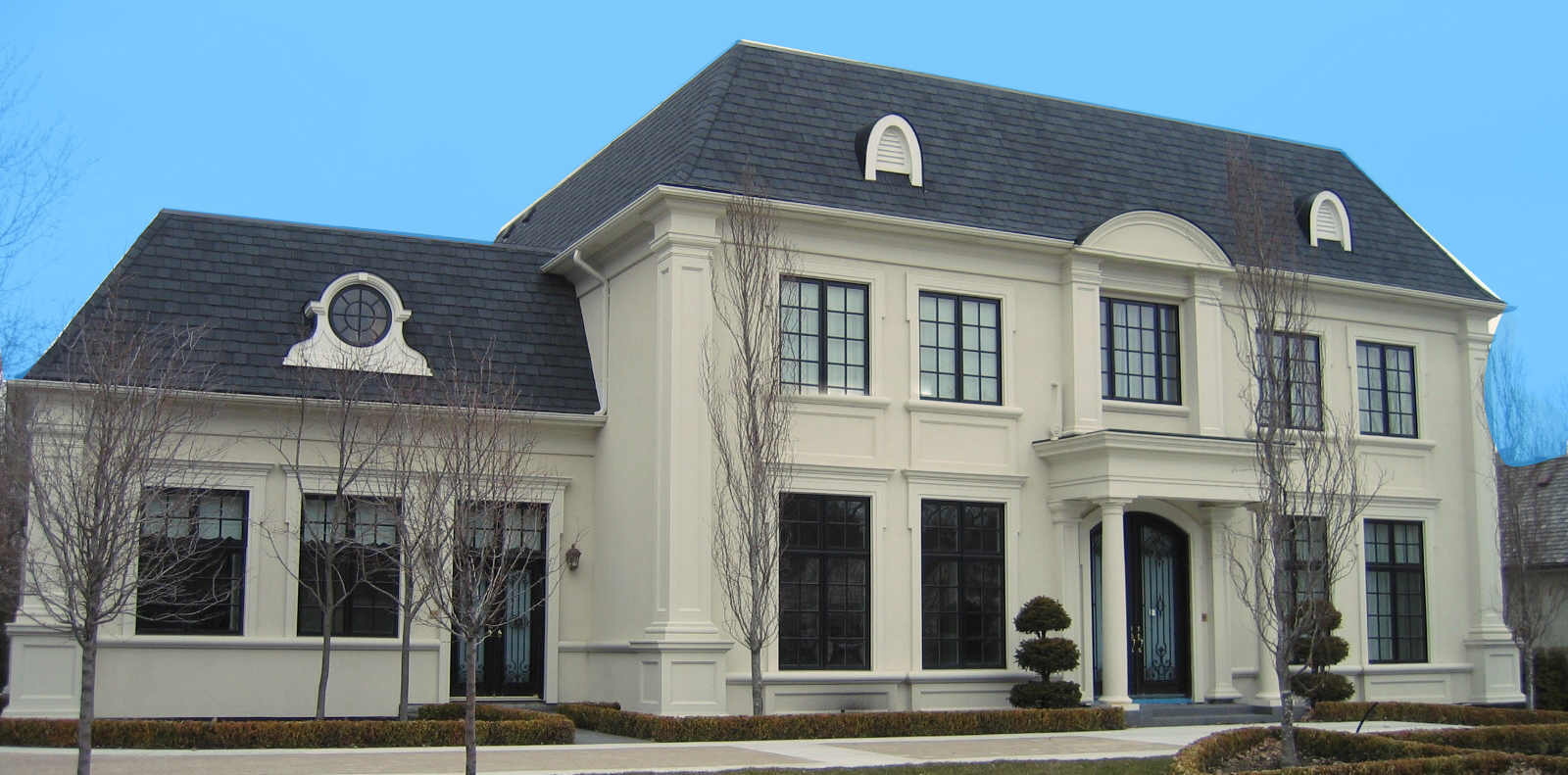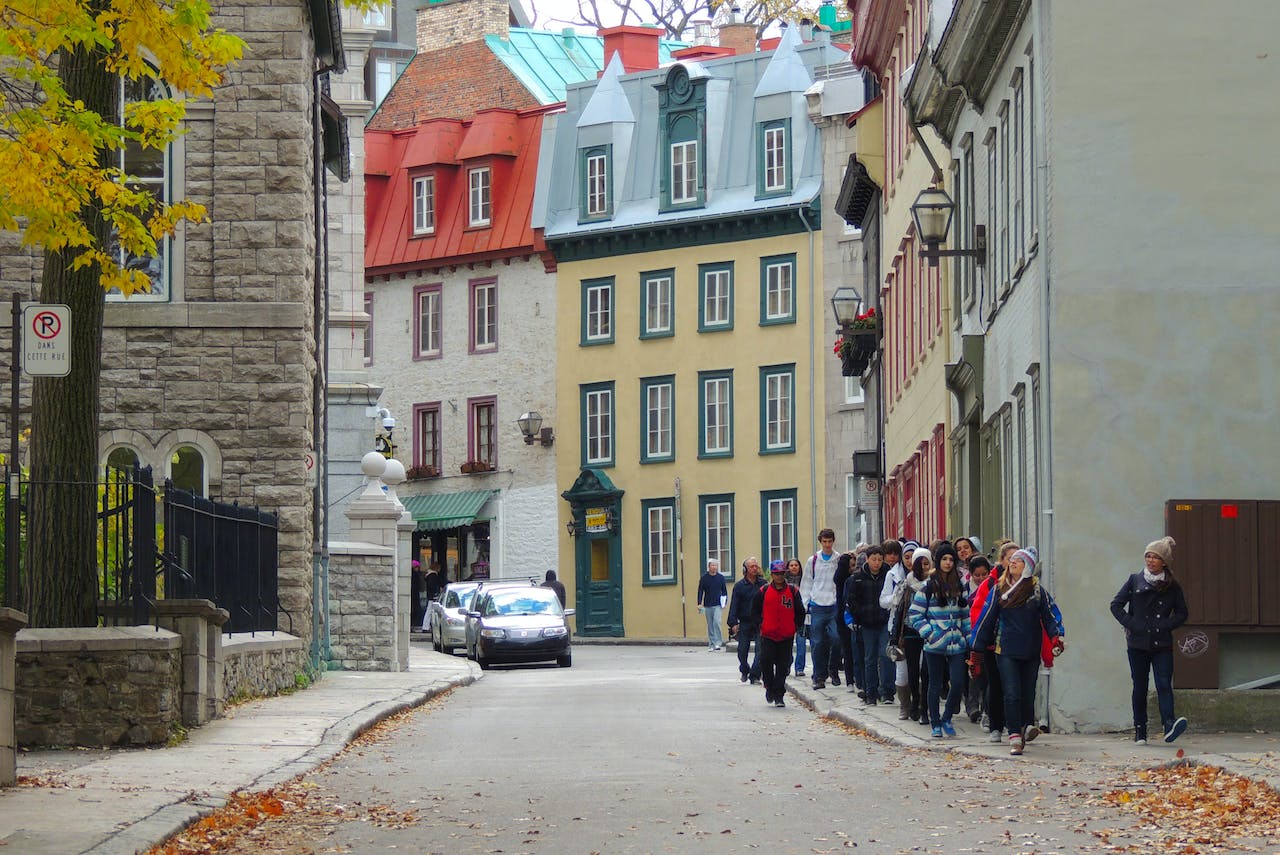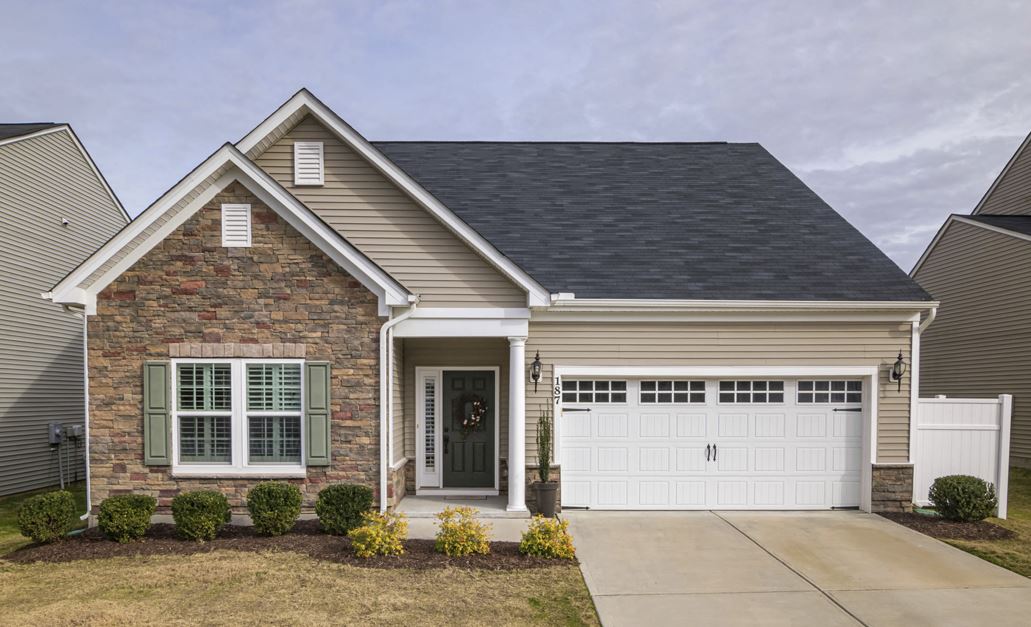Woodpeckers are an iconic bird species, particularly in countries like Canada, where they thrive in forested areas and residential zones alike. While these birds are admired for their role in nature, they can be a real nuisance for homeowners. So, in order to protect your new home from woodpecker damage there are some things you should be aware of, especially if you’ve recently moved into an area with a high population. These persistent birds can cause significant structural damage if left unchecked. Fortunately, there are effective strategies to prevent such problems, ensuring your home remains secure and intact.
Why Do Woodpeckers Target Homes?
Understanding why woodpeckers choose to target homes is essential for preventing damage. Woodpeckers drum on homes for several reasons: to mark their territory, search for food, or create nesting cavities. These birds are particularly attracted to wooden siding, which mimics the texture and feel of trees. Unfortunately for homeowners, this behaviour can lead to costly repairs.
Sometimes, woodpeckers drum on houses simply to establish dominance in their territory. In contrast, at other times, they search for insects within the wood. When recognizing these patterns, you can adopt more targeted strategies to keep them away from your home.
Inspecting Your Home for Woodpecker Vulnerabilities
Before woodpeckers even become a problem, inspect your home for vulnerabilities. Woodpeckers tend to attack softwood areas, like trim, eaves, or any wood siding that might resemble a tree. With this in mind, conducting a thorough inspection can help you pinpoint areas that need protection.
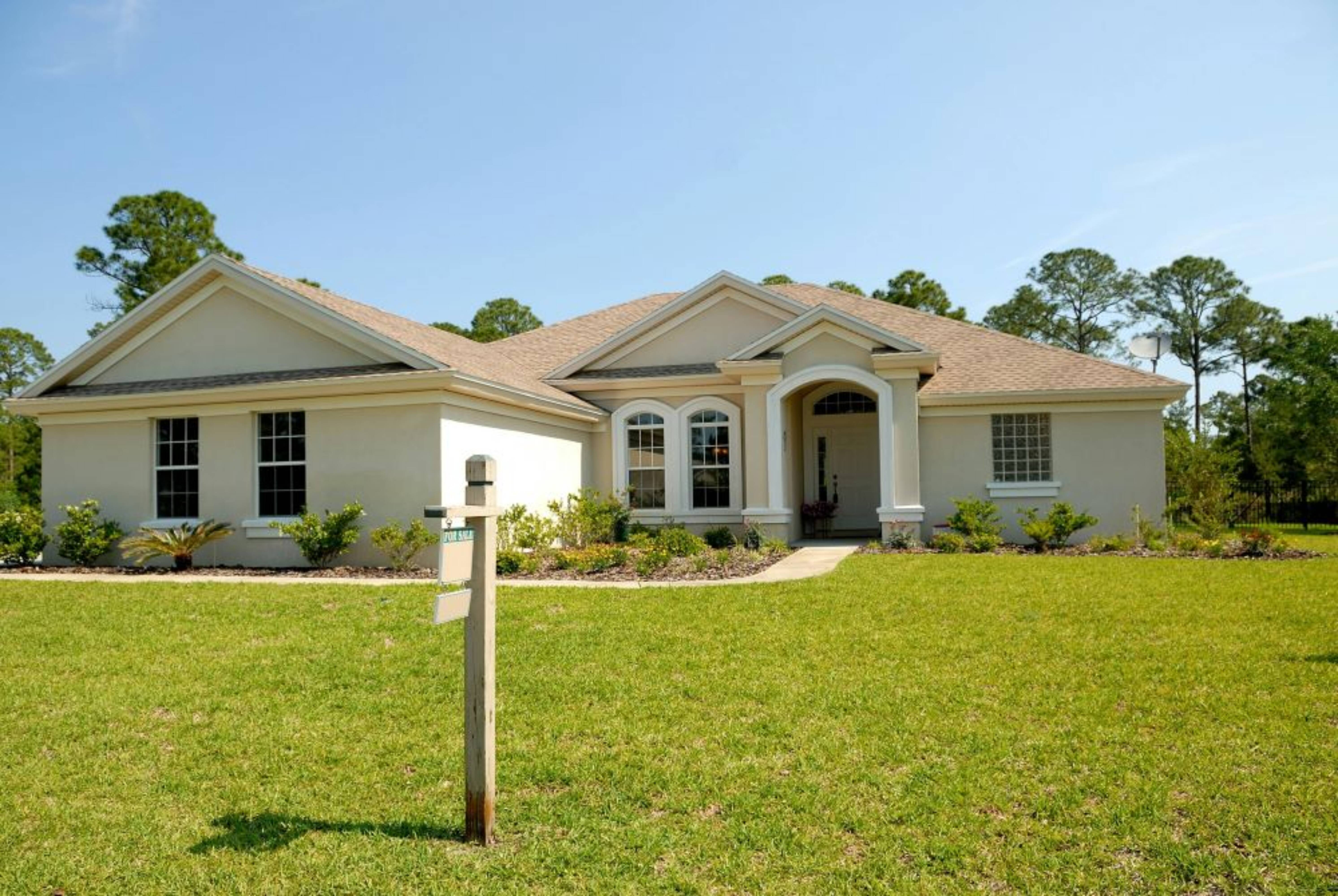
Walk around your house and look for small cracks or holes where woodpeckers might start pecking. These are often weak spots that need immediate attention. Besides, homes with untreated wood or near wooded areas are more at risk. In contrast, homes made of metal or vinyl siding typically don’t attract woodpeckers, making these materials an excellent preventive option.
Moving into a New Home Needs to Be Done Correctly
If you’re moving into a woodpecker-prone area, protecting your home from the start is crucial. The moving can damage your new home, especially when transporting heavy furniture, so local movers can jump in to assist you with this while you focus on researching how to protect your home from woodpeckers. For example, when moving to Toronto, certain neighbourhoods are surrounded by woodlands, making them more susceptible to woodpecker issues. Knowing this in advance gives you a head start in ensuring your home remains safe from these persistent birds.
The Importance of Deterrents: What Works Best?
Once you’ve identified potential vulnerabilities, you can begin using deterrents to discourage woodpeckers from approaching. There are numerous options, so find what works best for your home.
Reflective objects, such as aluminum foil strips, mirrors, or old CDs, can work wonders by scaring off woodpeckers. These birds dislike flashing lights and movements, and such deterrents can prevent them from landing in your own home. Another effective solution is using sound-based repellents that mimic predator sounds. These devices make woodpeckers uncomfortable, driving them away from the area.
Not to mention, visual deterrents, such as life-size owls or hawk statues, can give the impression that predators are nearby, causing woodpeckers to avoid your property. While these methods are highly effective, ensure you rotate the placement of these deterrents to keep the birds from getting used to them.
Protect Your New Home by Using Preventive Materials
Choosing the right materials is key to woodpecker-proofing your new home. If you live in a woodpecker-prone area, consider switching out vulnerable materials like wood siding for woodpecker-resistant options such as HardiePlank or fibre cement. These materials are durable and resistant to pecking.
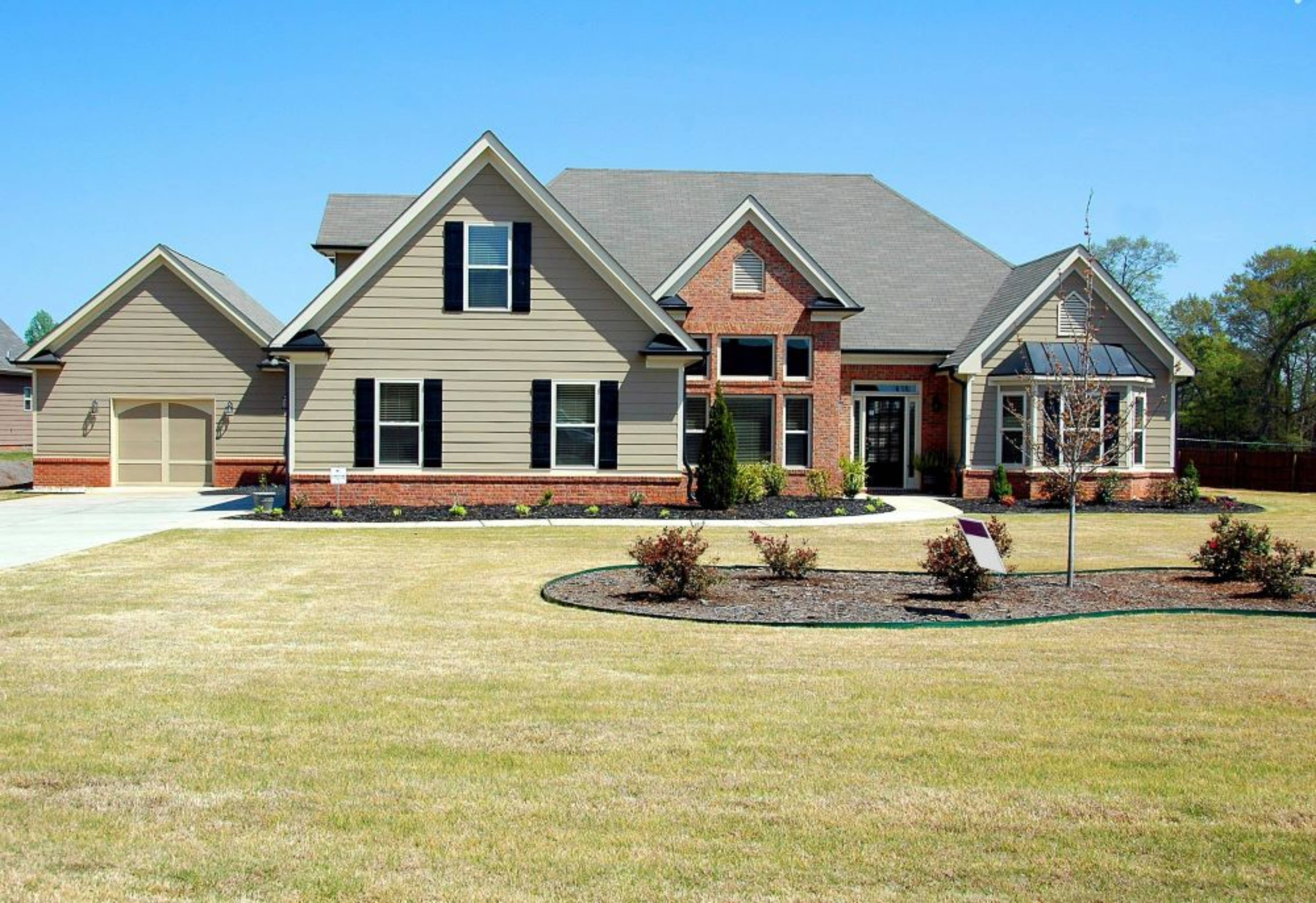
In areas where replacing the siding isn’t feasible, install mesh screens over vulnerable spots like eaves or corners of the home. The mesh creates a barrier that makes it difficult for woodpeckers to reach the wood underneath. Another key point, adding foam insulation behind wooden siding can reduce the chance of woodpeckers detecting insects inside, which is often what attracts them in the first place.
How to Repair Existing Woodpecker Damage
If woodpeckers have already caused damage, it’s essential to fix it quickly. Start by assessing the extent of the damage. Fill small holes with wood putty or caulk to restore the wood’s integrity. This will repair the damage and make it less likely that woodpeckers will return to the same spot.
For larger holes, consider using a wood filler kit to restore the structure and ensure the area remains solid. Similarly, if your home’s siding has been extensively damaged, you may need to replace sections of it to prevent further issues.
Repairing damage immediately helps maintain your home’s structure and reduces the likelihood of attracting more woodpeckers.
Landscaping Solutions to Deter Woodpeckers
Beyond repairing your home, taking care of your landscaping can be an effective woodpecker deterrent. When you modify your yard, you can make it less inviting to these birds.
Start by planting dense shrubbery around the perimeter to protect your new home. This creates a physical barrier, making it harder for woodpeckers to access your siding. Another useful strategy is placing bird feeders away from your house to divert woodpeckers from your property.
Clearing out dead trees and branches near your home reduces the woodpecker’s natural habitat, further decreasing the likelihood of them approaching. Also, trimming back branches that are too close to your home can prevent woodpeckers from perching and drumming on your house.
The Role of Wildlife Professionals in Woodpecker Control
For homes dealing with severe woodpecker damage, hiring a wildlife professional might be the best solution. These experts can assess your situation and provide effective long-term measures.
As an illustration, they may install bird netting or wire mesh strategically designed to keep woodpeckers away without harming them. Professionals can also recommend advanced deterrents suited to your home’s environment.
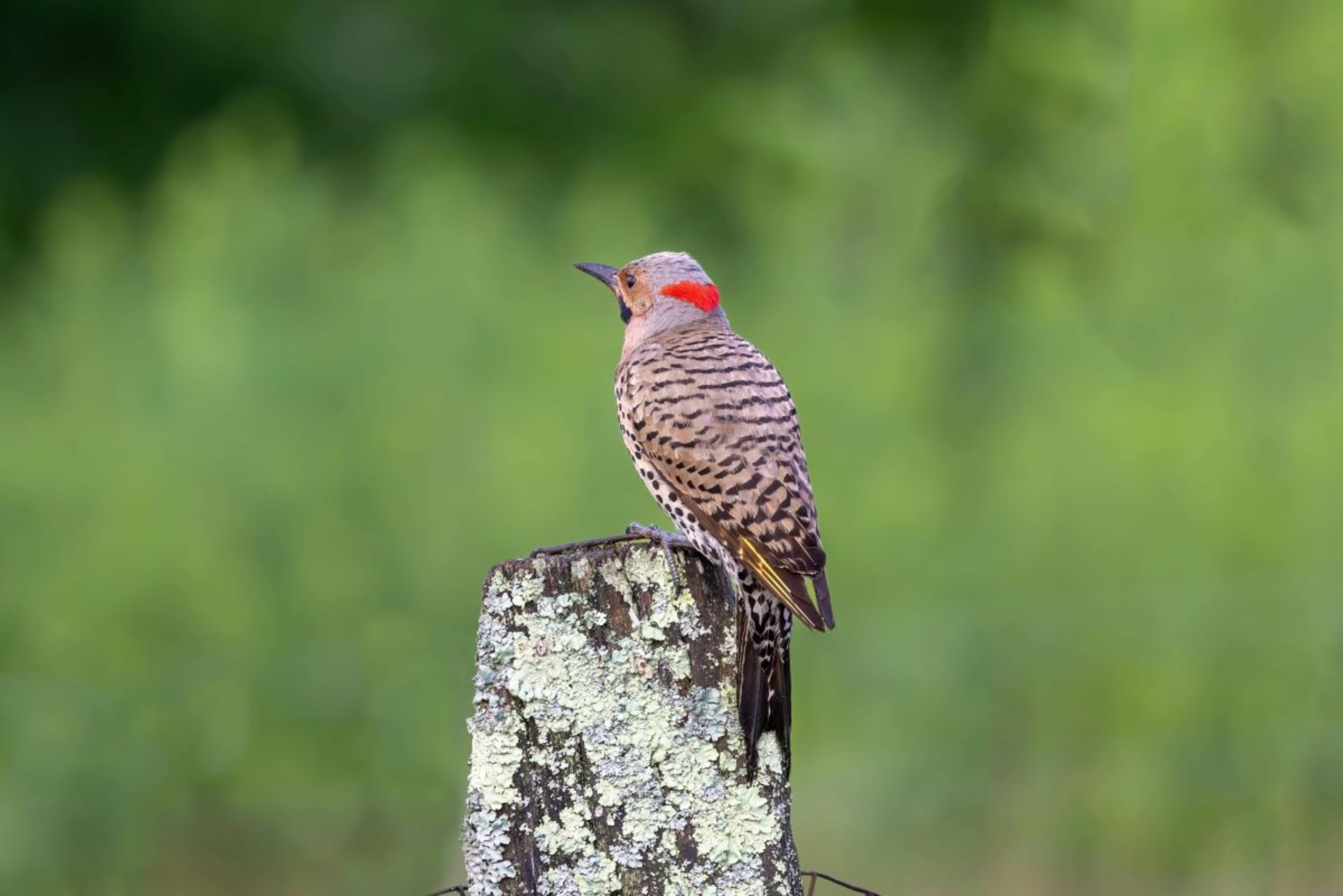
Keep in mind that woodpeckers are a protected species in many areas, so it’s crucial to handle the situation in a way that complies with local laws. Wildlife professionals can ensure you’re following all necessary regulations while protecting your home.
Long-Term Solutions to Ensure Lasting Protection
For ongoing protection, consistent maintenance is key. In short, regular inspections and proactive repairs will prevent minor issues from becoming major problems. Installing automated scare systems or rotating deterrents every season keeps woodpeckers from becoming comfortable around your home.
Hence, combining multiple strategies — from choosing the right materials to consulting professionals — is the best approach to long-term woodpecker control. When staying vigilant and addressing vulnerabilities early, you’ll protect your home from future damage.
Summary
As you can see, if you want to protect your new home from woodpeckers, you need a proactive strategy. Whether using deterrents, making repairs, or seeking professional help, each step plays a role in safeguarding your investment. Of course, regular inspections and preventive measures will ensure your home remains secure, offering peace of mind for years to come.

